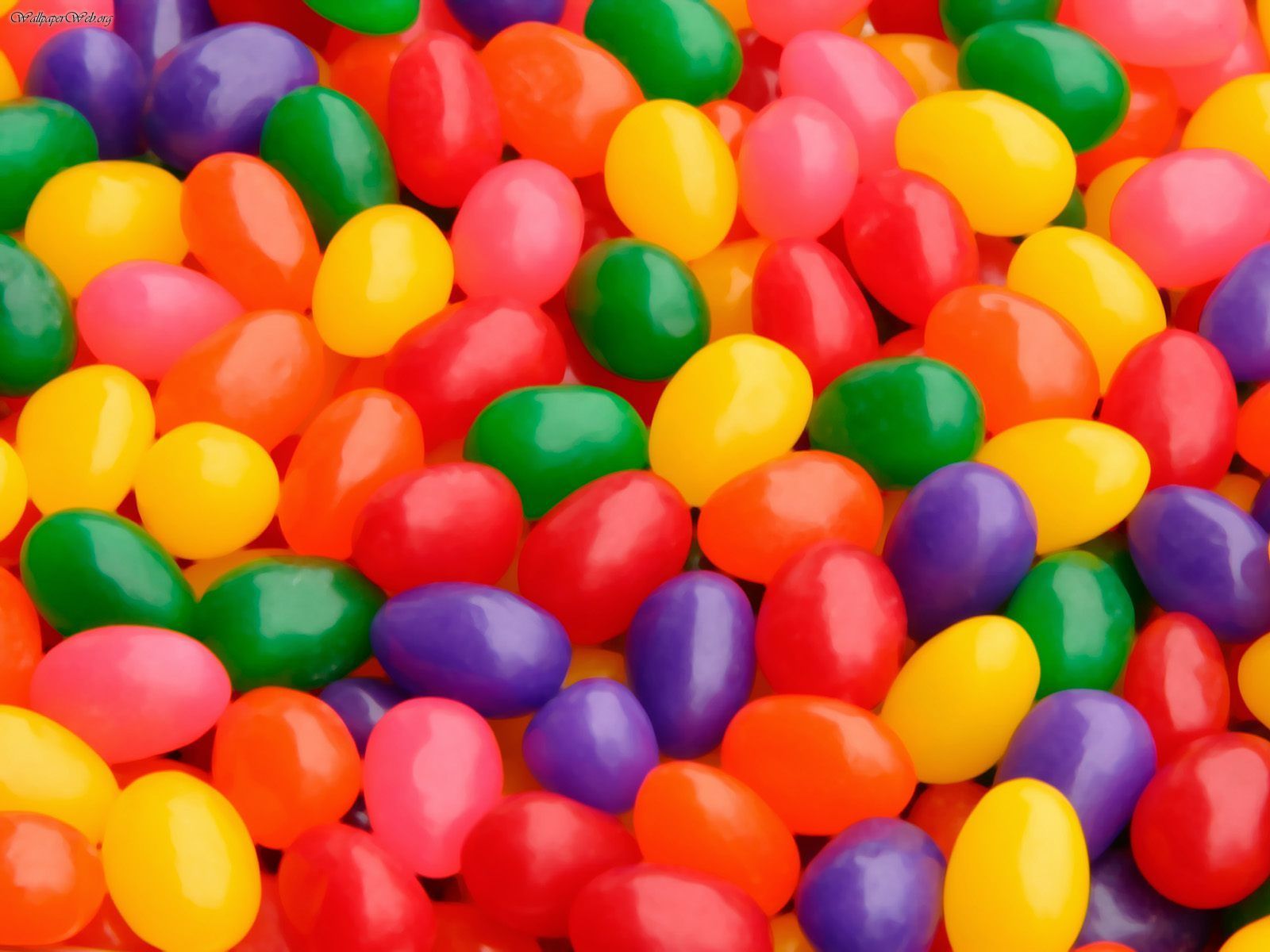Jellybeans have been a beloved candy for generations, captivating the hearts of children and adults alike with their vibrant colors and delightful flavors. These chewy treats, often associated with Easter and other celebrations, are more than just a sugary indulgence; they have an interesting history, diverse varieties, and even some surprising health aspects. In this comprehensive guide, we will delve deep into the world of jellybeans, exploring their origins, nutritional information, and how they’ve maintained their popularity over the years.
In this article, we will cover everything from the history of jellybeans to their various flavors and uses in modern culture. Whether you’re a long-time fan or new to the jellybean scene, there’s something for everyone to learn. So grab a handful of your favorite jellybeans and let’s get started!
From their humble beginnings to their current status as a staple in candy stores worldwide, jellybeans have a unique story. By the end of this article, you will not only understand why jellybeans are a favorite treat but also how they fit into our lives in unexpected ways.
Table of Contents
- 1. The History of Jellybeans
- 2. Varieties of Jellybeans
- 3. Nutritional Information
- 4. Cultural Significance of Jellybeans
- 5. Health Aspects of Jellybeans
- 6. Popular Jellybean Flavors
- 7. Jellybeans in Celebrations
- 8. Conclusion
1. The History of Jellybeans
Jellybeans have a fascinating history that dates back to the 19th century. It is believed that these delightful candies originated from a combination of Turkish delight and sugar-coated nuts. The first commercial jellybeans were produced in the United States around the 1860s. They were initially sold as a penny candy and quickly gained popularity.
By the late 1800s, jellybeans were marketed as a sweet treat for special occasions. They became particularly associated with Easter, as they were often used to fill baskets alongside chocolate eggs and other confections. The early 20th century saw the expansion of jellybean flavors and colors, making them a staple in candy stores.
The Evolution of Jellybeans
As time went on, jellybeans evolved in both flavor and manufacturing techniques. Advances in food technology allowed for new flavors and the iconic glossy shell that we know today. By the 1970s, jellybeans had become a pop culture phenomenon, thanks in part to the introduction of brands like Jelly Belly, which revolutionized the jellybean industry with gourmet flavors.
2. Varieties of Jellybeans
One of the most appealing aspects of jellybeans is their vast array of varieties. They can range from traditional fruity flavors to unique and sometimes bizarre options. Here are some common categories of jellybeans:
- Classic Flavors: These include cherry, lemon, lime, and orange.
- Gourmet Flavors: Brands like Jelly Belly offer flavors such as buttered popcorn, toasted marshmallow, and even cappuccino.
- Seasonal Flavors: Certain flavors are released during specific holidays, such as pumpkin spice for Halloween and peppermint for Christmas.
- Novelty Flavors: Some brands create novelty flavors that can be quite surprising, including spicy sriracha or jalapeño.
3. Nutritional Information
While jellybeans are primarily enjoyed for their taste, it's essential to consider their nutritional content. Here’s a general overview of the nutritional information for a standard serving of jellybeans (approximately 10 pieces):
- Calories: 100
- Total Fat: 0g
- Sodium: 0mg
- Total Carbohydrates: 25g
- Sugars: 20g
While they may not offer significant nutritional benefits, jellybeans can be enjoyed in moderation as part of a balanced diet. However, it’s essential to be mindful of sugar intake, especially for those with dietary restrictions.
4. Cultural Significance of Jellybeans
Jellybeans hold a special place in various cultures and traditions. They are often associated with celebrations and special occasions. Here are a few examples:
- Easter: Jellybeans are commonly used as Easter candy, symbolizing new life and resurrection.
- Birthdays: Many people enjoy jellybeans as a fun addition to birthday party favors and candy buffets.
- Weddings: Jellybeans can be found as part of wedding favors, often displayed in decorative jars at reception tables.
5. Health Aspects of Jellybeans
While jellybeans are not typically considered a health food, there are some aspects worth noting:
- Low Fat: Jellybeans are fat-free, making them a low-fat candy option.
- Portion Control: Because they are small, it’s easy to manage portion sizes.
- Vegan Options: Many jellybean brands offer vegan-friendly options, free from animal-derived ingredients.
6. Popular Jellybean Flavors
Flavors are what make jellybeans so enticing. Some of the most popular flavors include:
- Cherry: A classic favorite, sweet and slightly tart.
- Watermelon: Refreshing and perfect for summer.
- Blueberry: Sweet and bursting with flavor.
- Black Licorice: A polarizing flavor that some love and others avoid.
7. Jellybeans in Celebrations
Jellybeans are frequently used in various celebrations and events. They can be found in:
- Party favors for birthdays and weddings
- Decorative elements in candy buffets
- Games and activities, such as jellybean guessing jars
8. Conclusion
Jellybeans are more than just a candy; they are a part of our cultural fabric, representing joy, celebration, and nostalgia. Whether you enjoy them during festive occasions or as a simple treat, their vibrant colors and diverse flavors continue to bring smiles to faces of all ages.
As you explore the world of jellybeans, consider trying out different flavors or incorporating them into your celebrations. We would love to hear your favorite jellybean memories or flavors in the comments below!
Thank you for joining us on this sweet journey through the world of jellybeans. Don’t forget to share this article with fellow jellybean lovers and explore more of our content for additional insights and delicious treats!




